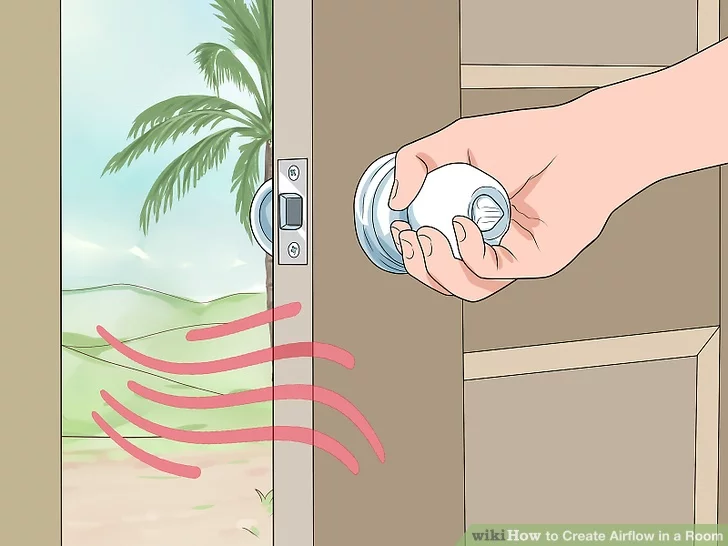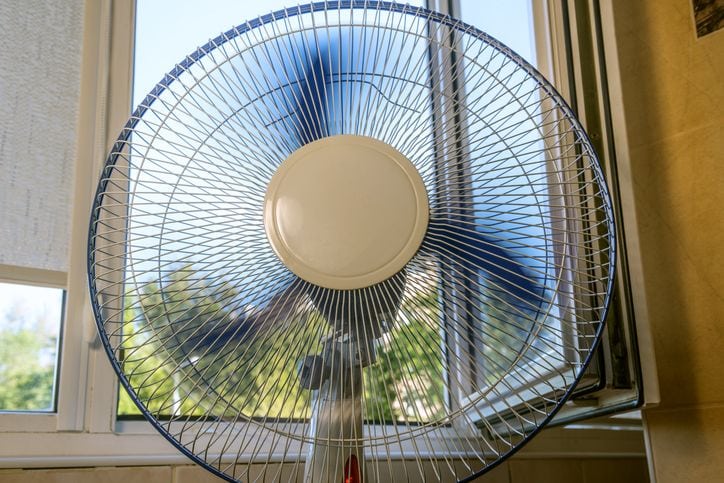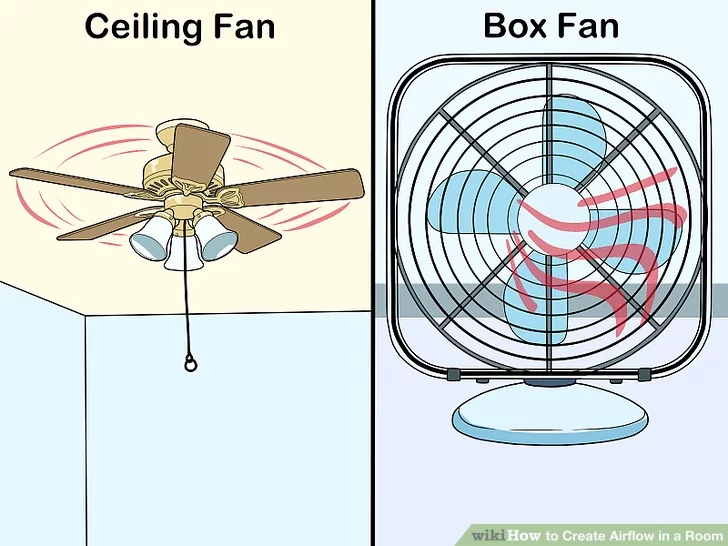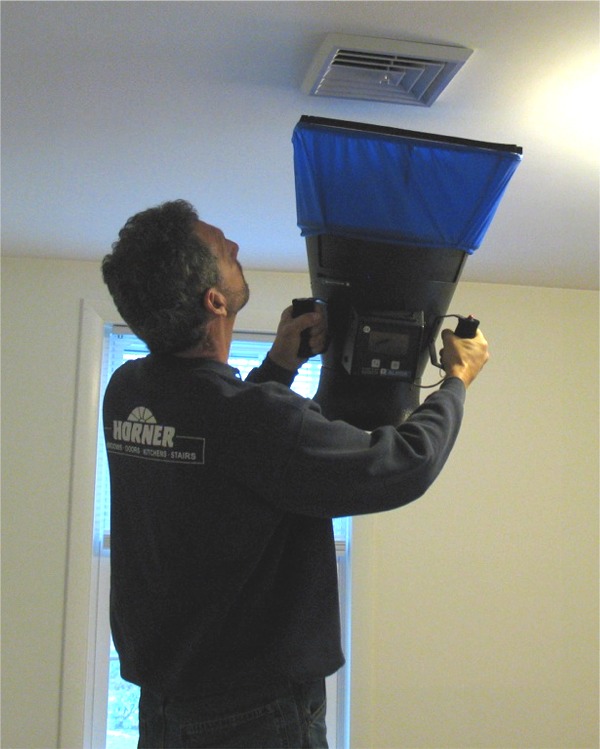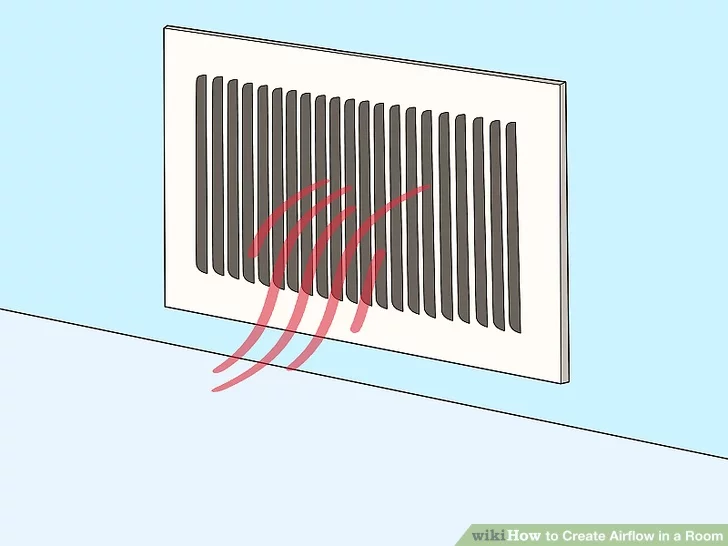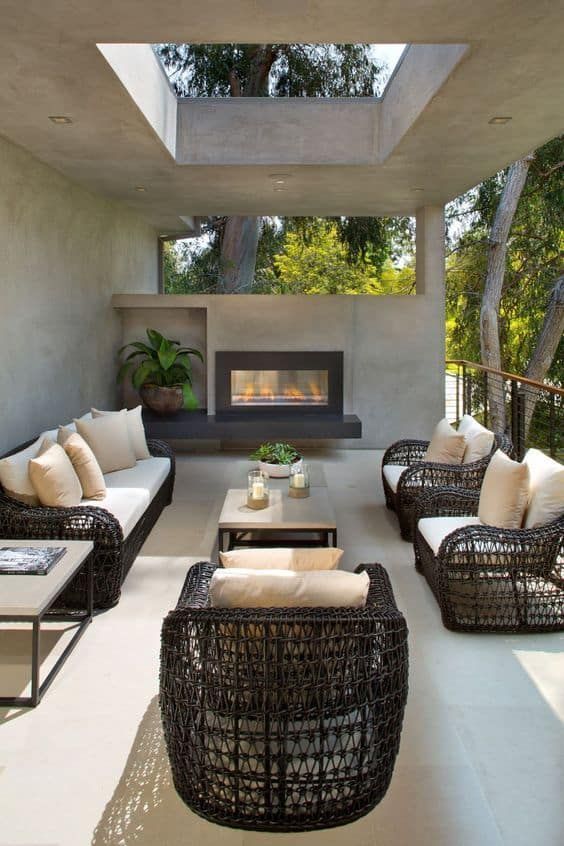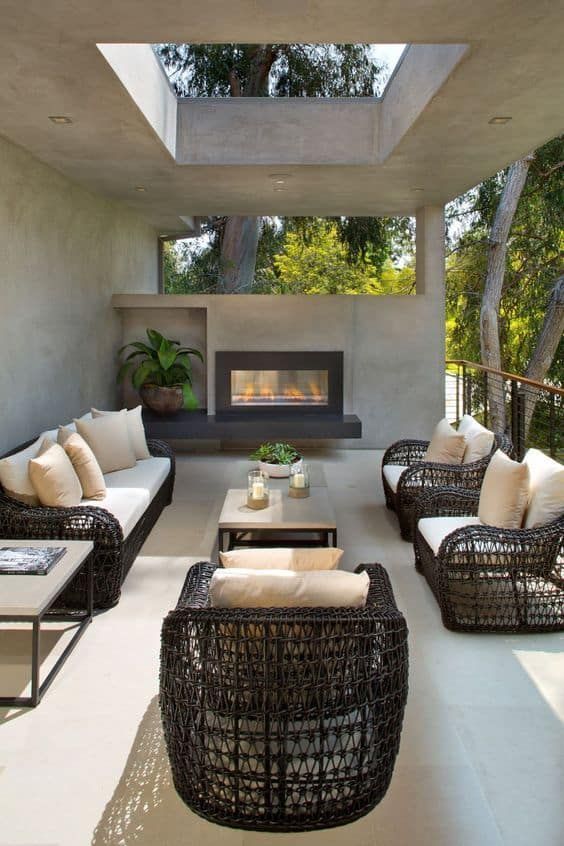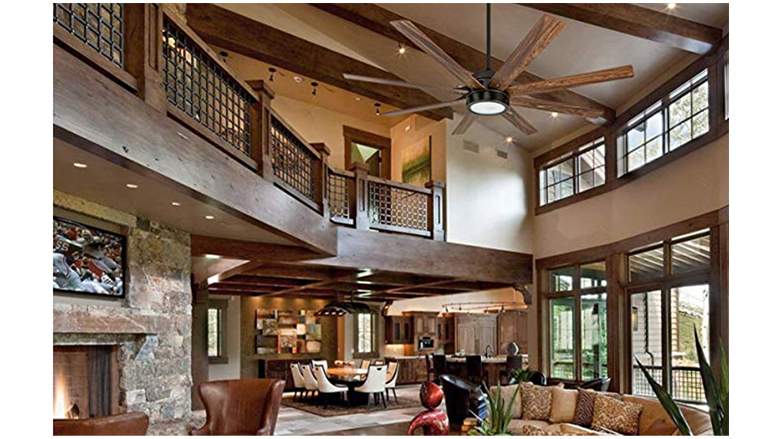A well-ventilated room is like a rushing stream of cold water. When water rushes through a stream, contaminants are removed, resulting in cleaner water that is more hospitable to various aquatic life forms. When the air rushes through a well-ventilated room, pollutants are also removed. In addition, the temperature is much easier to regulate, ensuring it is comfortable for those living in your home. To improve the airflow in rooms, here are some ways you can design them to get more airflow.
Add Windows
While a single window in each room can provide plenty of fresh air and a necessary escape route in the event of an emergency, at least two windows are required to increase airflow in a room. In a two-window set, air is drawn in one window and drawn out in the other due to convection. This air movement creates a natural breeze and constantly replaces the air in a room. With the other added benefits of extra windows, such as more natural light, extra windows can be a good option for any room.
Add a fan
A ceiling fan is a great way to improve airflow in a room. Even when a room is completely closed, a ceiling fan helps to circulate air and draw in fresh air from the rest of the home. If a window is open in a room, the ceiling fan helps to draw in fresh air outside and helps to move the air so that old, old air can leave the room, even if there is only one window. Of course, a fan can also help reduce the felt temperature in a room, creating an energy-saving addition that is very meaningful.
Position the valves correctly
When designing a room, one of the aspects you really want to be aware of is the proper placement of the vents in that room. Proper ventilation location ensures that the ventilation openings are not in a place that can easily be covered by furniture or other decor. Companies that provide air conditioning services can assist in the placement of your valves, as they are knowledgeable in the way that valve placement can affect the comfort of a room. For rooms that have already been ventilated, experiment with rearranging furniture to allow easy ventilation and airflow.
Remove walls
While some walls in a home are really necessary for privacy and support, the fewer walls you have, the better the air will flow through your home. If you work hard to create an airflow in a room, it can be stopped quickly if it encounters an unnecessary wall. Therefore, you do everything you can to design your home, especially common areas, without any more walls than is absolutely necessary to maintain the structural integrity of your home.
Health and money savings
Two major benefits of increasing the airflow in your home are improved health and increased money savings. You can improve your health by keeping fresh air in the room instead of air full of bacteria that other people have left. You can increase money savings by regulating the temperature in your rooms without having to run your plumbing system as often. Only these benefits are more than worth the effort required to design your rooms to get more airflow.
Brooke Chaplan is a freelance writer and blogger. She lives and works from home in Los Lunas, New Mexico. She recommends watching air conditioning close to you. She loves the outdoors and spends most of her time hiking, biking and gardening. For more information, contact Brooke via Facebook at facebook.com/brooke.chaplan or Twitter @BrookeChaplan

